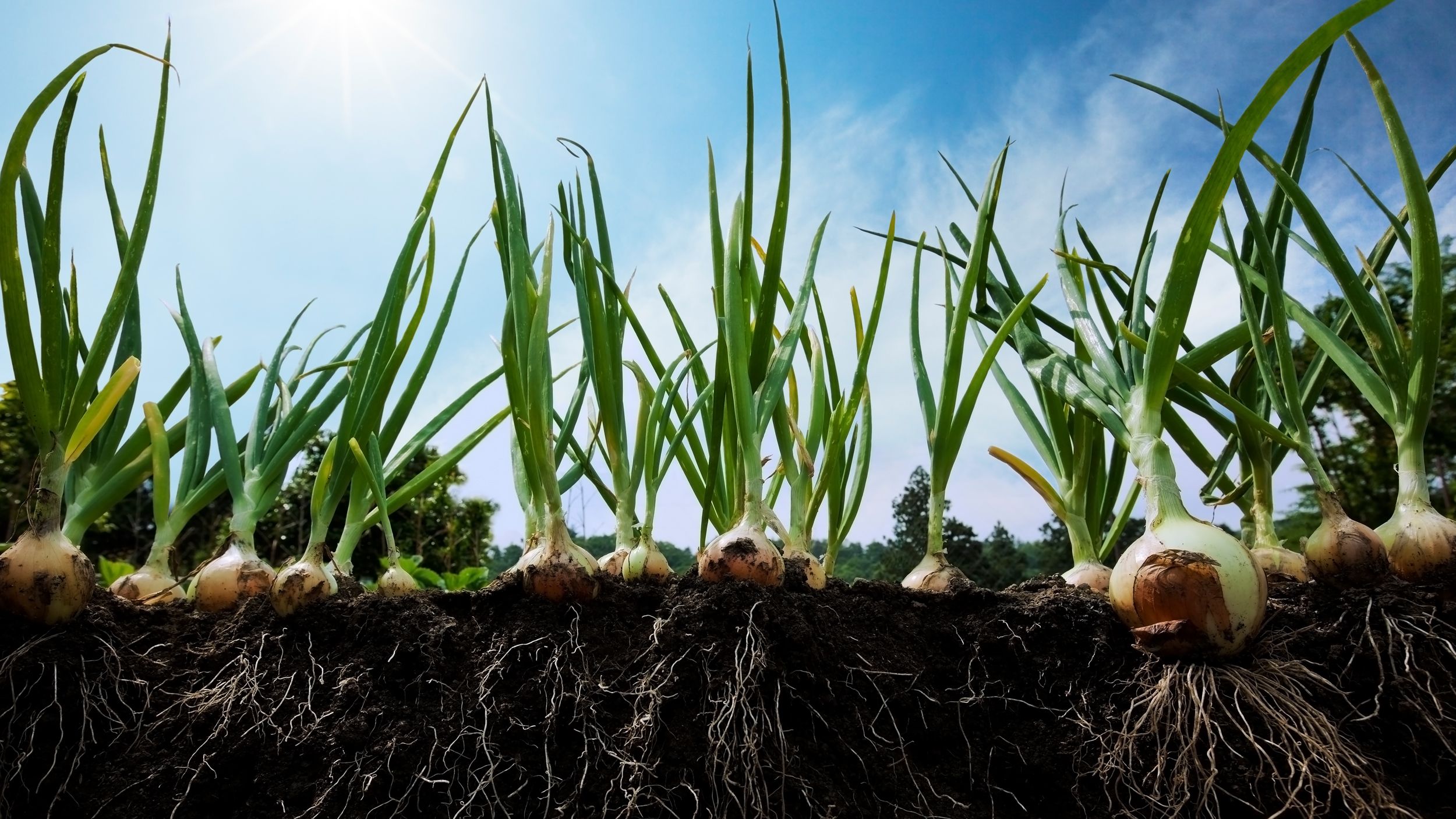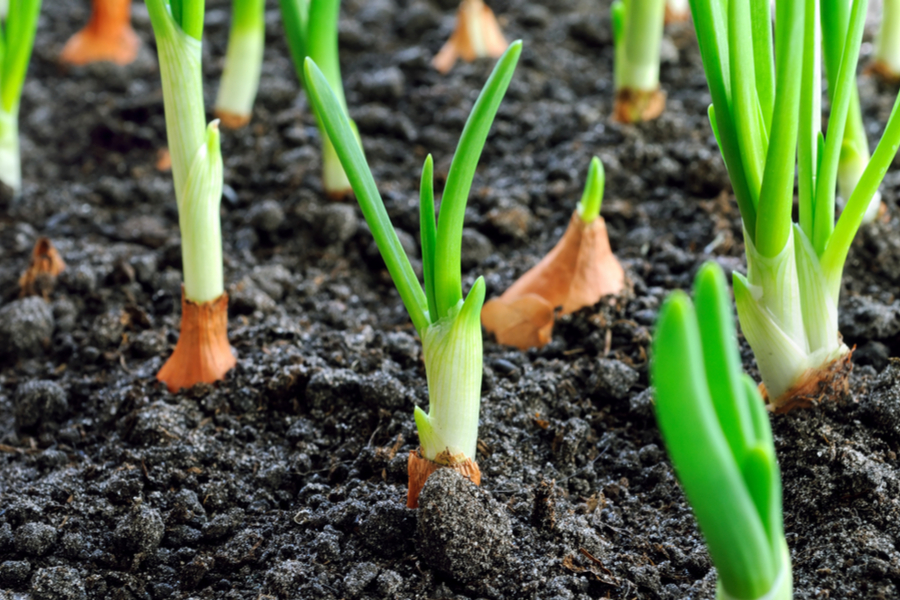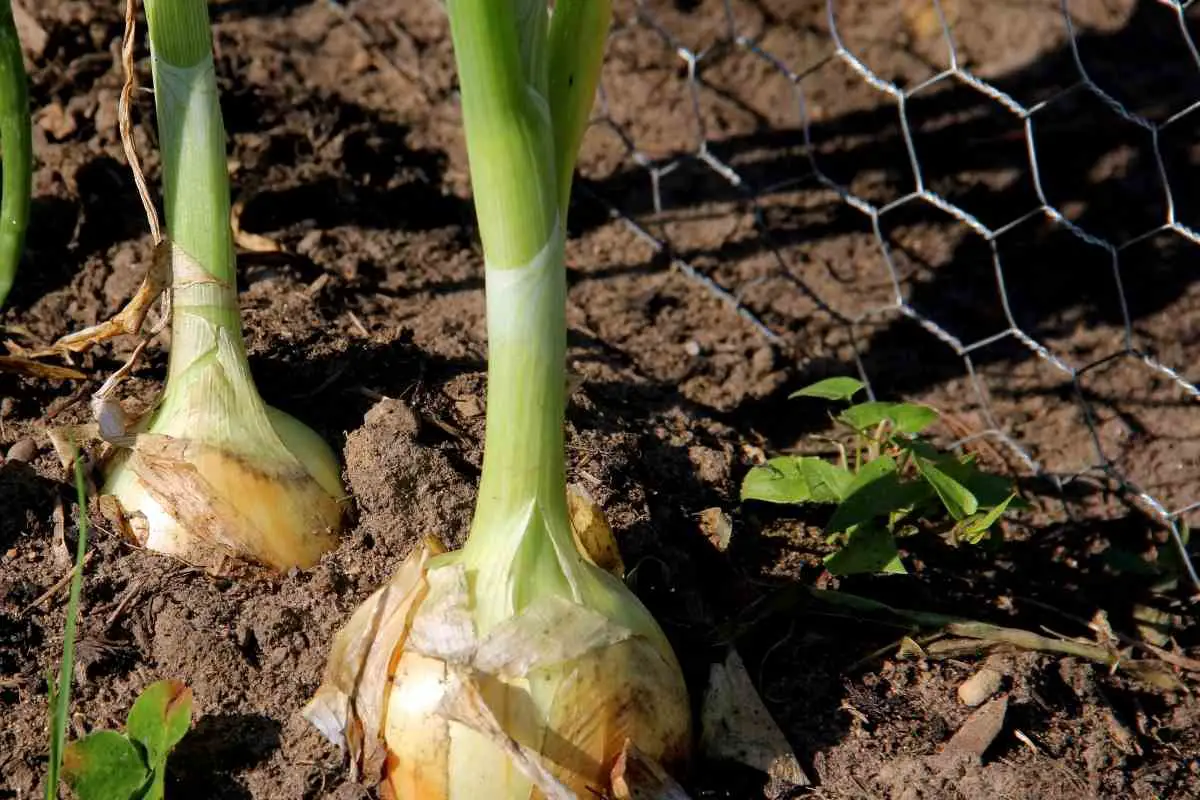Understanding Onion Growth Stages
Onions, a staple ingredient in many cuisines, require careful planning and attention to detail to grow successfully. One crucial aspect of onion cultivation is understanding the different stages of growth. By recognizing these stages, growers can provide optimal conditions for their onions to thrive. The onion growth cycle consists of three primary stages: germination, bulbing, and maturation. During germination, which typically takes 7-14 days, the seedling emerges from the soil. The bulbing stage, lasting around 60-90 days, is characterized by the formation of the onion bulb. Finally, the maturation stage, which can take an additional 30-60 days, sees the onion reach its full size and flavor potential. Understanding these stages is vital, as it allows growers to tailor their care and attention to the specific needs of their onions at each stage. This knowledge can significantly impact the overall health, flavor, and yield of the onion crop, ultimately answering the question of how long do onions take to grow. By grasping the intricacies of onion growth, growers can optimize their techniques to achieve a bountiful harvest.
Factors Affecting Onion Growth Rate
Onion growth rate is influenced by a combination of factors, including climate, soil quality, watering, and sunlight. Understanding these factors is crucial for optimizing onion growth and achieving a bountiful harvest. Climate plays a significant role, with onions thriving in cooler temperatures and well-draining soil. Soil quality is also vital, as onions require a pH range of 6.0-7.0 and adequate nutrient supply. Watering is another critical factor, as onions need consistent moisture, especially during the bulbing stage. However, overwatering can be detrimental, leading to rot and other diseases. Adequate sunlight exposure is also essential, with onions requiring at least 6 hours of direct sunlight per day. By optimizing these factors, growers can accelerate onion growth and improve yields, ultimately answering the question of how long do onions take to grow. For instance, using raised beds can improve soil drainage and aeration, while mulching can help retain moisture and suppress weeds. By carefully managing these factors, growers can create an ideal environment for their onions to thrive.
How to Plant Onions for Optimal Growth
Planting onions correctly is crucial for optimal growth and development. To get started, select a suitable variety of onion that is well-suited to your climate and desired harvest period. Next, prepare the soil by loosening it to a depth of 12-15 inches and incorporating organic matter such as compost or well-rotted manure. Onions prefer a slightly acidic to neutral soil pH, ranging from 6.0-7.0. When planting, space onion bulbs 4-6 inches apart, and 1-2 inches deep, depending on the variety. Planting at the correct depth is essential, as onions that are planted too deeply may rot. Water the soil gently but thoroughly after planting, and keep the soil consistently moist during the first few weeks after planting. By following these steps, growers can set their onions up for success, ultimately influencing how long do onions take to grow. Additionally, consider planting onions in a location that receives full sun and has good air circulation to promote healthy growth and reduce the risk of disease.
The Role of Soil Quality in Onion Growth
Soil quality plays a vital role in onion growth, and understanding its importance is crucial for optimal yields. Onions require a well-draining, fertile soil with a pH range of 6.0-7.0. Soil with a pH outside this range can lead to nutrient deficiencies, affecting onion growth and development. Additionally, onions require adequate nutrient supply, particularly nitrogen, phosphorus, and potassium. Soil with poor structure can also hinder onion growth, as it can lead to waterlogging and root rot. To improve soil structure, incorporate organic matter such as compost or well-rotted manure, which can help increase the soil’s water-holding capacity and aeration. By optimizing soil quality, growers can create an ideal environment for their onions to thrive, ultimately influencing how long do onions take to grow. Furthermore, soil quality can also impact the flavor and texture of onions, with well-grown onions typically having a sweeter, milder flavor and a firmer, crunchier texture.
Watering and Sunlight Requirements for Onions
Onions require consistent moisture, especially during the bulbing stage, to promote healthy growth and development. However, overwatering can be detrimental, leading to rot and other diseases. Aim to provide about 1 inch of water per week, either through rainfall or irrigation. It’s essential to avoid waterlogging, which can be achieved by ensuring good drainage and not watering during periods of high rainfall. In addition to adequate watering, onions also require sufficient sunlight to grow well. Onions need at least 6 hours of direct sunlight per day, but 8 hours or more is ideal. Insufficient sunlight can lead to weak, spindly growth and reduced yields. By providing optimal watering and sunlight conditions, growers can create an ideal environment for their onions to thrive, ultimately influencing how long do onions take to grow. Furthermore, adequate sunlight can also help to improve the flavor and texture of onions, making them sweeter and crisper.
Common Challenges in Onion Growth and How to Overcome Them
Onion growers often face various challenges that can impact the health and productivity of their crops. One of the most common challenges is pests, such as onion maggots and thrips, which can cause significant damage to the plants. To overcome this, use organic pest control methods like introducing beneficial insects or spraying neem oil. Another challenge is diseases, like fungal infections and bacterial soft rot, which can be prevented by maintaining good soil health, providing adequate air circulation, and watering carefully. Weather conditions, such as extreme temperatures and drought, can also affect onion growth. To mitigate this, use techniques like mulching and irrigation to regulate soil temperature and moisture levels. Additionally, onions are susceptible to bolting, where the plant prematurely forms a flower head, reducing yields. This can be prevented by providing consistent moisture and avoiding excessive nitrogen fertilization. By being aware of these common challenges and taking proactive steps to overcome them, growers can minimize losses and optimize onion growth, ultimately influencing how long do onions take to grow.
How Long Do Onions Take to Grow: A Realistic Timeline
One of the most common questions asked by onion growers is “how long do onions take to grow?” The answer depends on various factors, including the variety, climate, and growing conditions. On average, onions take around 120 to 150 days to mature from sowing to harvest. The growth stages of onions can be broken down into three main phases: germination, bulbing, and maturation. Germination typically takes 7-10 days, during which the seeds sprout and develop into seedlings. The bulbing phase, which lasts around 60-70 days, is critical for onion growth, as it’s when the bulb forms and grows. Finally, the maturation phase, which takes around 30-40 days, is when the onion reaches its full size and flavor. To accelerate growth and improve yields, growers can use techniques like providing optimal watering and sunlight, fertilizing regularly, and controlling pests and diseases. By understanding the realistic timeline for onion growth, growers can plan and prepare for a successful harvest, ultimately answering the question of how long do onions take to grow.
Harvesting and Storing Onions for Maximum Flavor
Once onions have reached maturity, it’s essential to harvest and store them correctly to maintain their flavor and texture. Onions are ready to harvest when the tops of the plants begin to yellow and fall over. Carefully dig up the onions, leaving as much of the stem and roots intact as possible. After harvesting, dry the onions in a warm, dry place with good air circulation to prevent moisture from accumulating. This process, called curing, helps to form a dry, papery skin that protects the onion from rot and decay. Once cured, store the onions in a cool, dry place, such as a pantry or cellar. It’s also important to keep the onions away from direct sunlight and moisture, as this can cause them to sprout or rot. By following these best practices for harvesting and storing onions, growers can enjoy their homegrown onions for months to come, and understand how long do onions take to grow to achieve optimal flavor and texture.




/growing-onions-1403447-01-38d480a2d16d4ea0b0dd174f42785e1d.jpg)


:max_bytes(150000):strip_icc()/growing-onions-1403447-04-a1058b6dc67e4b1cadac626d5185c6ba.jpg)